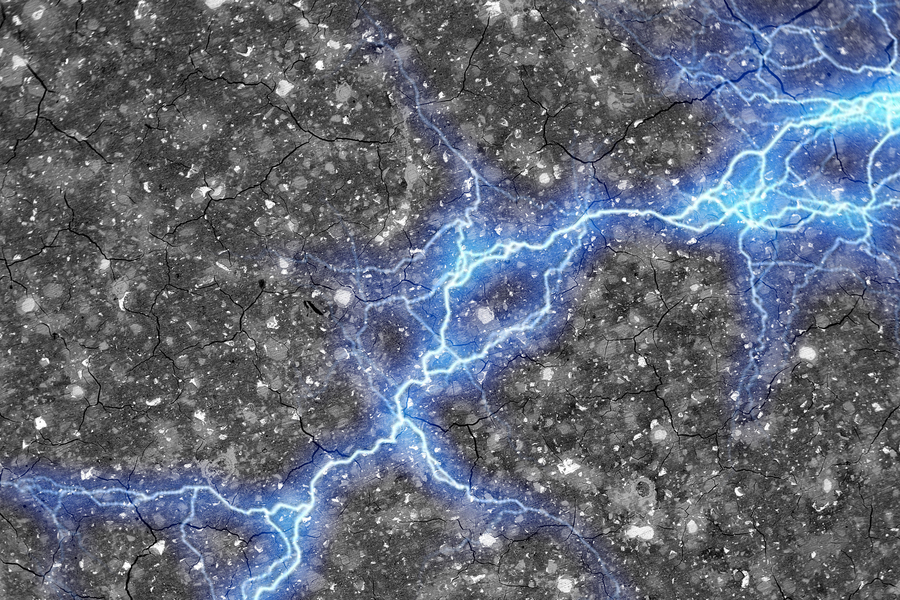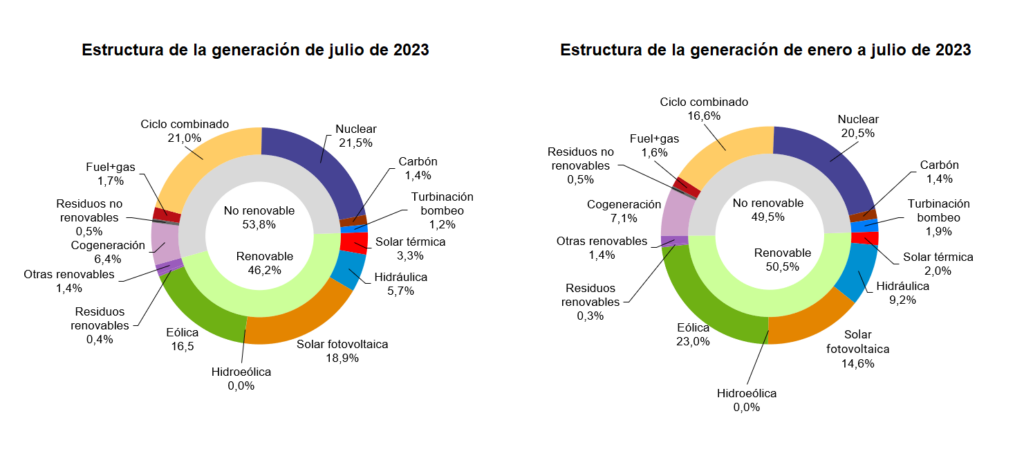https://www.pv-magazine.com/2023/08/02/carbon-cement-supercapacitors-for-bulk-energy-storage/
Carbon-cement supercapacitors for bulk energy storage

Cement and water, with a small amount of carbon black mixed in, self-assembles into fractal branches of conductive electrodes, turning concrete into an energy-storing supercapacitor.
Image: Allume Energy
Researchers at the Massachusetts Institute of Technology (MIT) have discovered that cement and water, combined with with a small amount of carbon black, create a powerful, low-cost supercapacitor that could provide a scalable, bulk energy storage solution suitable for a variety of applications.
The key to the new supercapacitors comes from a method of producing a cement-based material with an extremely high internal surface area due to a dense, interconnected network of conductive material within its bulk volume, allowing for high energy storage capacity.
The researchers achieved this by introducing carbon black into a mixture along with cement powder and water, and letting it cure. The water naturally forms a branching network of openings within the structure as it reacts with cement, and the carbon migrates into these spaces to make conductive, wire-like structures within the hardened cement.
The material was then soaked in a standard electrolyte material, such as potassium chloride, which provides the charged particles that accumulate on the carbon structures. Two electrodes made of this material, separated by a thin space or an insulating layer, form a very powerful supercapacitor, the researchers found. They also pointed out that the amount of carbon needed is very small — as little as 3% by volume of the mix — to achieve a percolated carbon network.
“The material is fascinating because you have the most-used manmade material in the world, cement, that is combined with carbon black, that is a well-known historical material — the Dead Sea Scrolls were written with it,” said MIT professor Admir Masic. “You have these at least two-millennia-old materials that when you combine them in a specific manner you come up with a conductive nanocomposite, and that’s when things get really interesting.”
The team calculated that a block of nanocarbon-black-doped concrete that is 45 cubic meters in size — equivalent to a cube about 3.5 meters across — would have enough capacity to store about 10 kWh of energy.
Popular content
However, they also found that there is a tradeoff between the storage capacity of the material and its structural strength. By adding more carbon black, the resulting supercapacitor can store more energy, but the concrete is slightly weaker. Therefore, for applications such as a foundation, or structural elements of the base of a wind turbine, the “sweet spot” is around 10% carbon black in the mix, the researchers found.
According to the researchers, the availability, scalability and versatility of the carbon-cement supercapacitors opens a horizon for design of multifunctional structures. There is a big opportunity for employing these supercapacitors for bulk energy storage in both residential and industrial applications ranging from energy autarkic shelters and self-charging roads for electric vehicles, to intermittent energy storage for wind turbines.
Having proved their principle on a 1 V and 3 V supercapacitors, the researchers now plan to build a series of larger versions, starting with ones about the size of a typical 12 V car battery, then working up to a 45-cubic-meter version to demonstrate its ability to store a house-worth of power.
Their findings were discussed in Cement supercapacitors as a scalable energy storage solution published in Proceedings of the National Academy of Sciences.
This content is protected by copyright and may not be reused. If you want to cooperate with us and would like to reuse some of our content, please contact: editors@pv-magazine.com.




